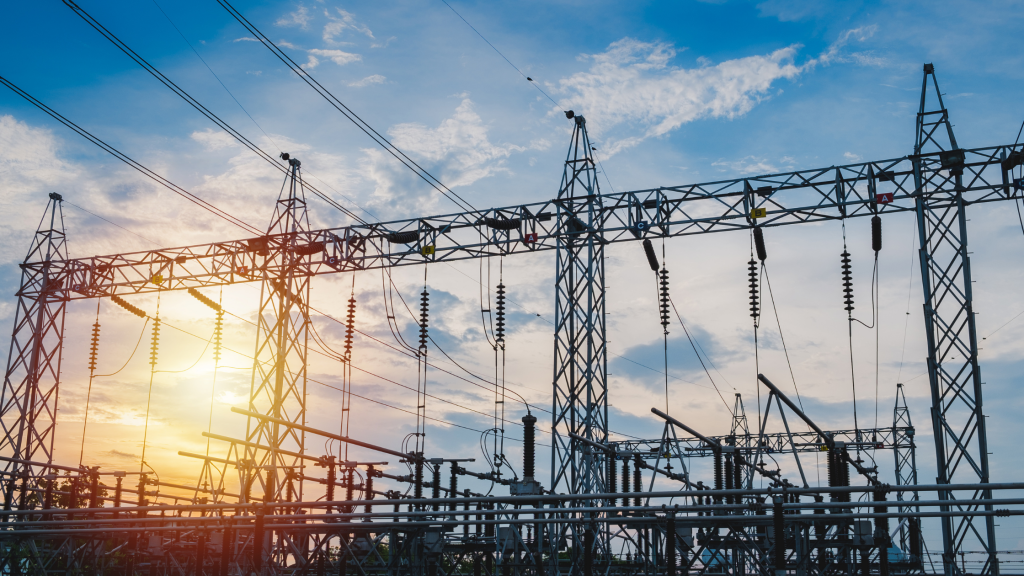The industry needs twice the level of transmission infrastructure (pylons) that has been created in the past ten years – but it must be achieved in just five years. That has huge implications for landowners.
Ian Austin, D&R Director, and Head of Utilities, Energy & Infrastructure hosted a seminar at the Royal Highland Show. The theme was “All about The Grid” and the challenges around delivering the huge infrastructure projects needed to achieve the 2030 Clean Energy Plan. “Ultimately, transmission development is behind where it has to be, but there is huge political support driving delivery to meet targets.
Unfortunately, there appears to be a lack of appreciation from some of the key decision makers within SPEN, SSEN, NESO and developers, in terms of consent by landowners and how the transition to clean powers will affect them.
The government’s National Energy System Operator (NESO) has been in place since November, and with a full reform of the grid connection process, is hopeful of getting more deliverable projects approved and progressing at a faster pace. The revised process reopens in the autumn and will demand that all applications ensure land right agreements are in place with landowners; the development is needed to deliver the 2030 Clean Energy Plan; that planning is progressing and that it can demonstrate a real need for a grid connection.
Our key message to those potentially affected is even more crucial: “Make sure you speak to an experienced Agent at the outset.“
D&R predicts this summer will see urgency coming from developers, moving at pace to be in a position to get gate 1 & 2 applications in, capitalising on the planned reopening of grid applications.
We are already seeing developers rushing to re-engage on contracts for projects currently on hold or looking to swap projects or introduce new ones. For many landowners, this means there will still be a rush to have contracts concluded with their developer partners or amended and new agreements made for future projects.
For farmers and landowners faced with infrastructure project crossing their land, it is more important than ever, to take professional advice from Agents who have significant years of experience in this sector. Above all, do not sign anything until you are fully aware of your rights and options, and be aware that in most cases, utility companies and developers will reimburse reasonable professional costs as part of your compensation or as part of a commercial deal.
Another result of the NESO review is that landowners are seeing large scale Lithium Ion Battery projects dropped by developers because they cannot establish the need in this saturated market. Lithium batteries are likely to be superseded by technological advances which include looking at liquid flow batteries and compressed air flywheels.
As technology advances, hydropower may become more of an option for landowners. High-density ‘heavy water’ which is 2.5 times denser than water, means that where a hydro project typically needed 500 metres of fall, in the future only 200 metres may be sufficient. It could open up the option for more landowners to consider. Agreements will need to consider issues arising from leaks and any resulting liability for damage to waterways.
The UK operates 10GW onshore wind with 1GW in construction, and a strong pipeline of future projects. Thanks to the lifting of the wind ban in England new opportunities across the border can now also be considered. A massive 27-29 GW onshore wind is needed to meet UK 2030 goals. Similarly, solar will continue to see an increased demand, it currently only generating circa 20GW of electricity with a 2030 target of 60GW. In both cases, developers are hugely keen to acquire sites and agree terms to make a grid application.
For the first time, the debate at the All-Energy Conference extended beyond transmission lines and pylons, considering the distribution of energy to the wider networks (pole lines). Tom Hughes, Assistant Director Energy, National Infrastructure & Service Transformation Authority estimated £37 – £50 billion spend will be required for new distribution works – that is on top of existing pole repair and renewal budgets. For landowners, distribution infrastructure has a substantial impact as it affects a significantly greater number of landowners.
Anyone likely to be affected by infrastructure projects seek professional advice as soon as possible. For more information contact the D&R Utilities, Energy & Infrastructure team on 0131 448 6212.



